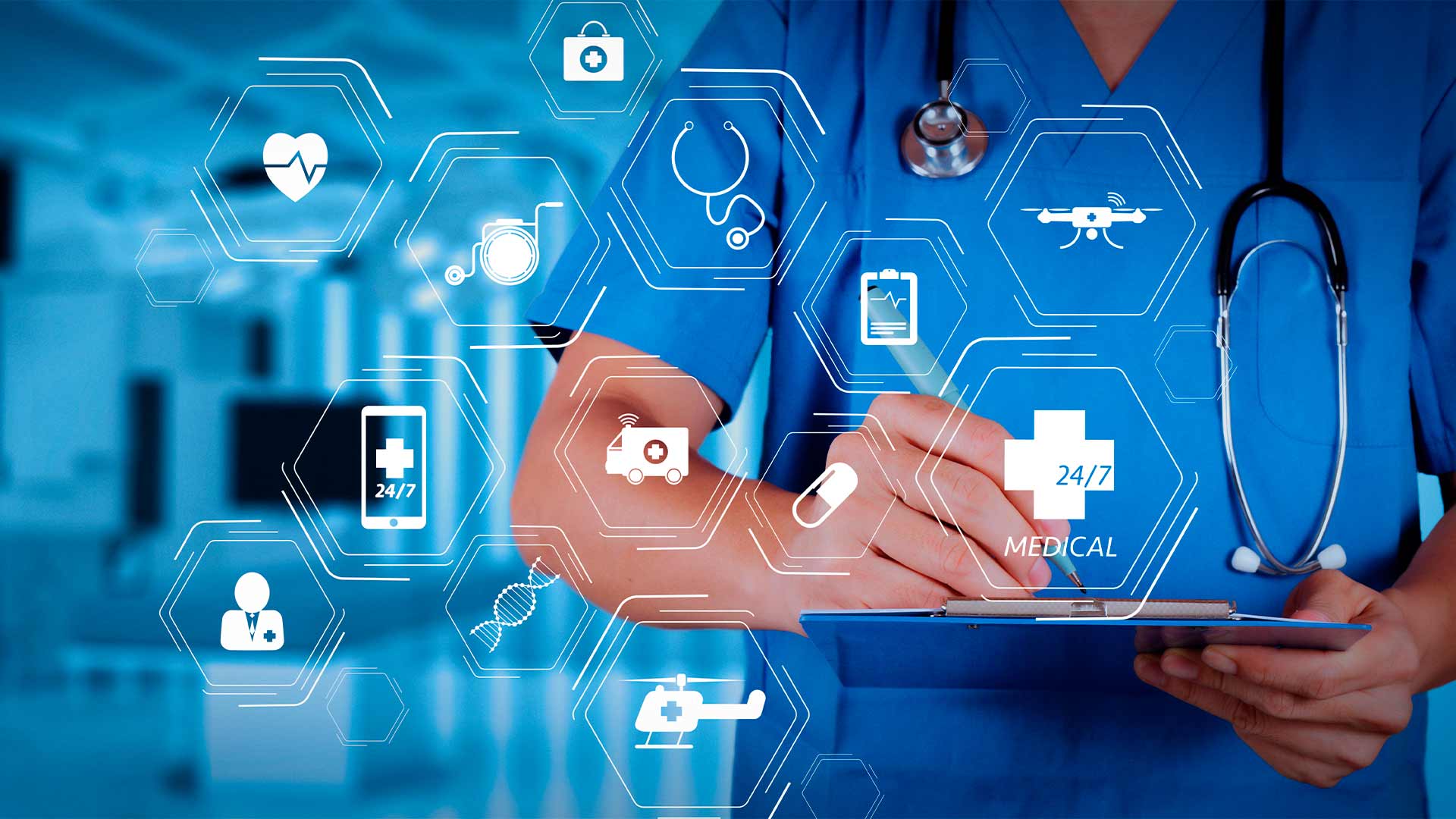
Transforming Medical Forms: The Power of Electronic Processes
In the digital age, where efficiency is king and data is the currency of operations, the healthcare sector is not left behind. The transformation from paper-based to electronic medical forms represents a seismic shift in how patient information is managed, offering a multitude of benefits that enhance both operational efficiency and patient care. But what’s the real buzz about switching to electronic processes? Let’s dive into the specifics.
Medical Patient Forms
Once upon a time, a patient’s first interaction with a healthcare provider involved a clipboard heavy with the weight of forms. Today, electronic medical patient forms have revolutionized this initial encounter. These digital forms are not just paperless alternatives; they are tools that streamline data entry, retrieval, and management. Imagine a world where patient data flows seamlessly from one department to another without the need for manual re-entry.
Enhanced Patient Care
When healthcare providers have instant access to accurate and complete patient information, the quality of care naturally skyrockets. Electronic forms ensure that critical health data is readily available during emergencies, allowing for swift, informed medical decisions that could be life-saving. With great data comes great responsibility. Electronic medical forms are equipped with strong security measures to protect patient information. Unlike paper forms that can be easily accessed, lost, or damaged, electronic forms use encryption and secure access controls to safeguard sensitive data.
Eco-Friendly Solutions
Turning to electronic medical forms is not only good for efficiency and security it’s also good for the planet. Reducing paper use in healthcare settings significantly lowers the environmental impact of medical practices, contributing to a greener earth. While transitioning to electronic systems might seem costly initially, the long-term savings are undeniable. Reduction in paper use, storage needs, and administrative staffing can drastically reduce operational costs, making electronic forms a smart financial choice for healthcare facilities.
Improved Patient Engagement
Electronic forms can be filled out at the patient’s convenience, often from the comfort of their own home. This not only improves the accuracy of the information provided but also enhances patient engagement with their own healthcare process. As telehealth continues to grow, electronic medical forms serve as the backbone of remote healthcare services. They allow for easy patient registration, history taking, and follow-up, all within the digital realm. Electronic medical forms are designed to be accessible to everyone, including those with disabilities.
Analytics and Insights
The data captured through electronic forms can be used to generate insights into patient demographics, treatment outcomes, and operational efficiency. This information is invaluable for improving service delivery and patient care strategies. Consent to electronic medical forms is a step towards future-proofing healthcare operations. As technology evolves, these systems can adapt and integrate new functionalities, such as AI and machine learning, to further enhance their capabilities. The shift to electronic medical forms is much more than a mere upgrade from paper; it’s a comprehensive enhancement of the healthcare process. By improving data management, security, and patient engagement, these digital solutions not only streamline healthcare operations but also significantly boost the quality of patient care. As we continue to embrace digital solutions, the future of healthcare looks not just more efficient, but also more promising.





